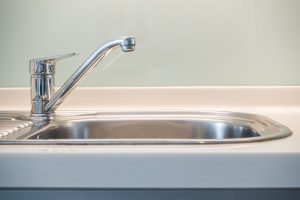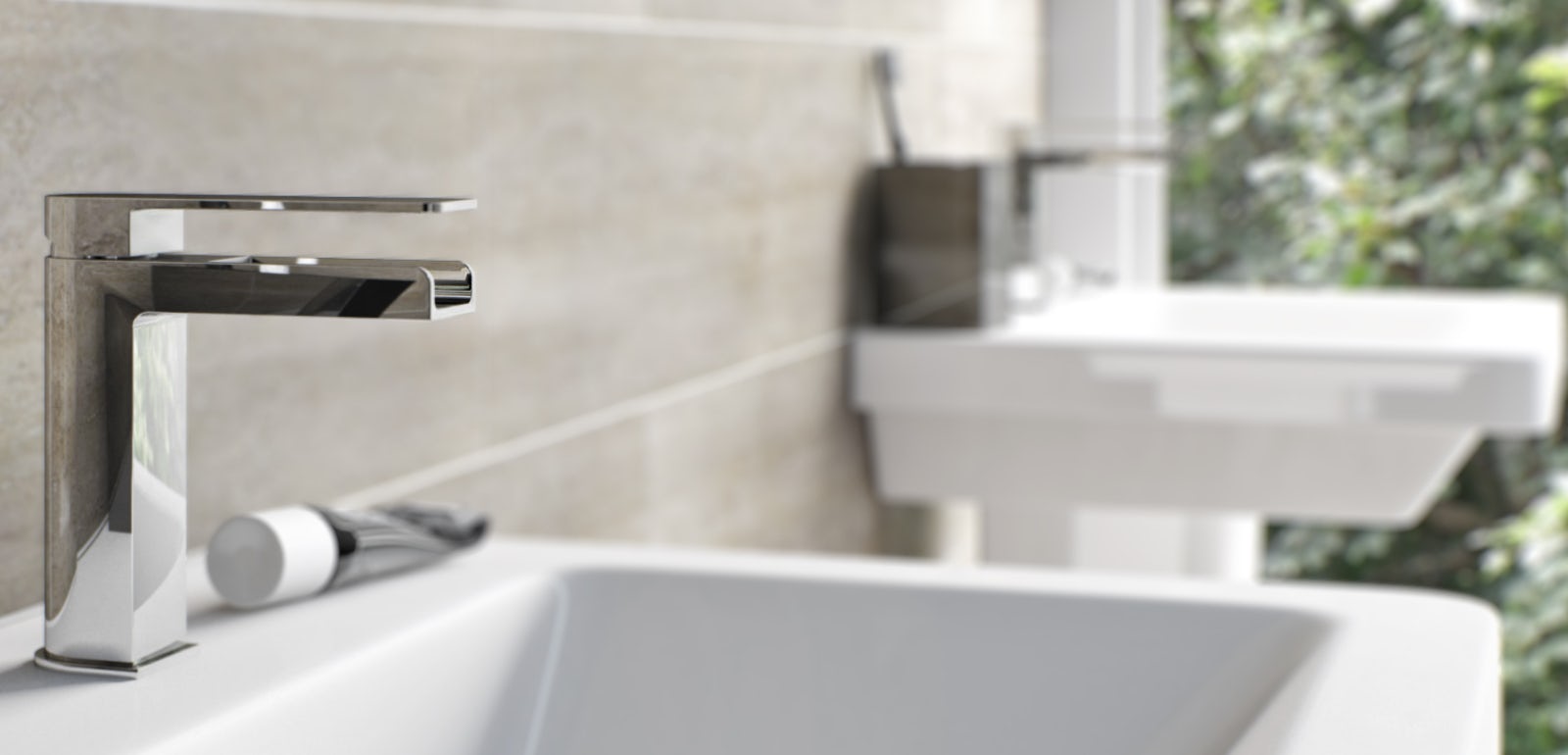They are making several great annotation about Understanding the Basics of Your Home's Plumbing System as a whole in the article down the page.

Plumbing is a crucial facet of any type of home, in charge of providing clean water for alcohol consumption, cooking, and showering, as well as getting rid of wastewater securely. Understanding the essentials of home plumbing is necessary for each homeowner to ensure correct upkeep, troubleshooting, and, if necessary, repair services. In this newbie's guide, we'll cover the basic principles of home plumbing to aid you come to be extra familiar with just how it functions.
Water System System
The supply of water system brings clean water right into your home from a local water source or an exclusive well. It consists of a main water line that connects to your home's plumbing system, usually situated underground. A water meter measures the quantity of water taken in, while a shut-off valve permits you to regulate the circulation of water into your home.
Plumbing Fixtures
Plumbing components are devices that provide water to different parts of your home and include sinks, taps, bathrooms, showers, bath tubs, and appliances such as dishwashing machines and washing equipments. Each fixture is attached to the water supply system via pipelines and fittings and might have its shut-off valve for maintenance or emergency situations.
Water Heating Unit
The water heating unit is responsible for home heating water for residential usage, consisting of bathing, cooking, and cleansing. Typical types of water heaters consist of tank-type hot water heater, tankless (on-demand) hot water heater, and heat pump hot water heater. The hot water heater is connected to the water system and delivers hot water to plumbing components as needed.
Drainage System
The drainage system gets rid of wastewater from your home and brings it away to a sewage treatment facility or septic system. It contains a network of pipes, installations, and components that move wastewater from plumbing fixtures to the main drain line or septic system. Appropriate water drainage is important to avoid clogs, back-ups, and sewer leakages.
Ventilation System
The ventilation system assists maintain proper air pressure and prevent sewer gases from entering your home. Vent pipes, additionally called vent stacks, expand from plumbing fixtures to the roof covering, allowing drain gases to escape securely outside. Air flow pipelines additionally allow air to get in the drainage system, helping with smooth wastewater flow and avoiding suction or vacuum effects.
Typical Plumbing Tools
Having the right tools accessible is vital for executing basic plumbing repair work and upkeep tasks. Common plumbing devices include adjustable wrenches, monkey wrench, pliers, pipeline cutters, hacksaws, plungers, augers (or drain serpents), and Teflon tape. Having these tools conveniently offered can help you tackle small plumbing issues successfully.
Basic Plumbing Fixings
While some plumbing repairs may require expert aid, many common issues can be addressed with standard do it yourself strategies. Learning how to take care of a dripping faucet, unblock a drain, change a commode flapper, or repair a leaking showerhead can conserve you time and money on plumbing repair work.
Conclusion
Recognizing the fundamentals of home plumbing is important for every single homeowner to keep a safe, practical, and reliable plumbing system. By familiarizing yourself with the water system, plumbing components, drainage system, ventilation system, common plumbing devices, and fundamental repair services, you can with confidence resolve small plumbing problems and guarantee your home's plumbing system runs smoothly.
Plumbing for Beginners: A Comprehensive Guide
If you’re a beginner when it comes to plumbing, don’t worry; you’re not alone. Plumbing may seem intimidating, but with the right knowledge and a little practice, you can handle many common plumbing issues on your own. In this comprehensive guide, we will demystify the world of plumbing for beginners, providing you with the basic knowledge and skills needed to tackle common plumbing problems and even take on some DIY plumbing projects.
The Importance of Basic Plumbing Knowledge for Beginners:
First and foremost, basic plumbing knowledge gives you a solid foundation. It helps you grasp the key concepts and terminology that are essential in this field. By learning the basics, you’ll be able to build upon that knowledge and tackle more complex plumbing tasks in the future.
Having a basic understanding of plumbing also enables you to handle common issues that may arise in your home. Picture this: a leaky faucet or a clogged drain. With some basic plumbing knowledge, you’ll have the confidence to troubleshoot and fix these problems on your own. It saves you from unnecessary expenses and the hassle of waiting for a professional to arrive.
As a beginner, learning the basics of plumbing empowers you to take care of your own home. It gives you a sense of independence and self-reliance. You’ll no longer have to rely solely on professionals for every small issue that pops up. Instead, you can handle many tasks yourself, saving time and money in the process.
Remember, everyone starts as a beginner. Embrace the learning process and take small steps to expand your plumbing knowledge. There are plenty of online resources, tutorials, and even local workshops that talk about plumbing for beginners.
Essential Tools for Plumbing for Beginners
As you start your plumbing journey, having the right tools in your toolbox is crucial. Let’s explore some of the must-have tools:
Adjustable Wrench:
This versatile tool is a staple in any plumber’s toolbox. It allows you to tighten or loosen nuts and bolts of various sizes. Make sure to have an adjustable wrench with a comfortable grip.
Pipe Wrench:
A pipe wrench is specifically designed for gripping and turning pipes. It has serrated jaws that provide a strong grip, making it easier to loosen or tighten threaded pipes and fittings.
Plunger:
The plunger is a simple yet effective tool for clearing clogged drains and toilets. It creates suction when you push and pull, helping to dislodge blockages. Keep a good-quality plunger handy for those unexpected clogs.
Pipe Cutter:
When it comes to cutting pipes, a pipe cutter is your go-to tool. It creates clean, precise cuts without damaging the pipe. Look for a pipe cutter that can handle the pipe sizes you’re working with.
Hacksaw:
A hacksaw is useful for cutting through pipes, screws, and other materials. It’s a versatile tool that can handle different cutting tasks. Remember to use a blade suitable for cutting metal.
Tape Measure:
Accurate measurements are crucial in plumbing. A tape measure allows you to measure pipe lengths, distances, and dimensions accurately. Opt for a sturdy tape measure that extends a good length.
Pliers:
Pliers come in handy for various tasks, such as gripping, bending, and cutting. Slip-joint pliers with adjustable jaws are great for gripping pipes, nuts, and bolts.

I'm certainly very interested in Plumbing Basics Every Homeowner Should Know and I hope you liked our page. Are you aware of anybody else who is fascinated by the subject? Do not hesitate to share it. I praise you for being here. Kindly come by our site back soon.
Click Here